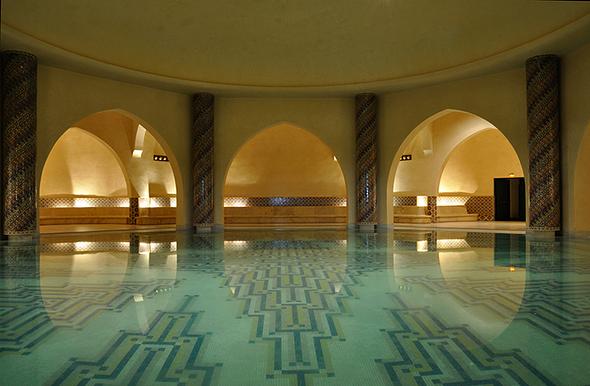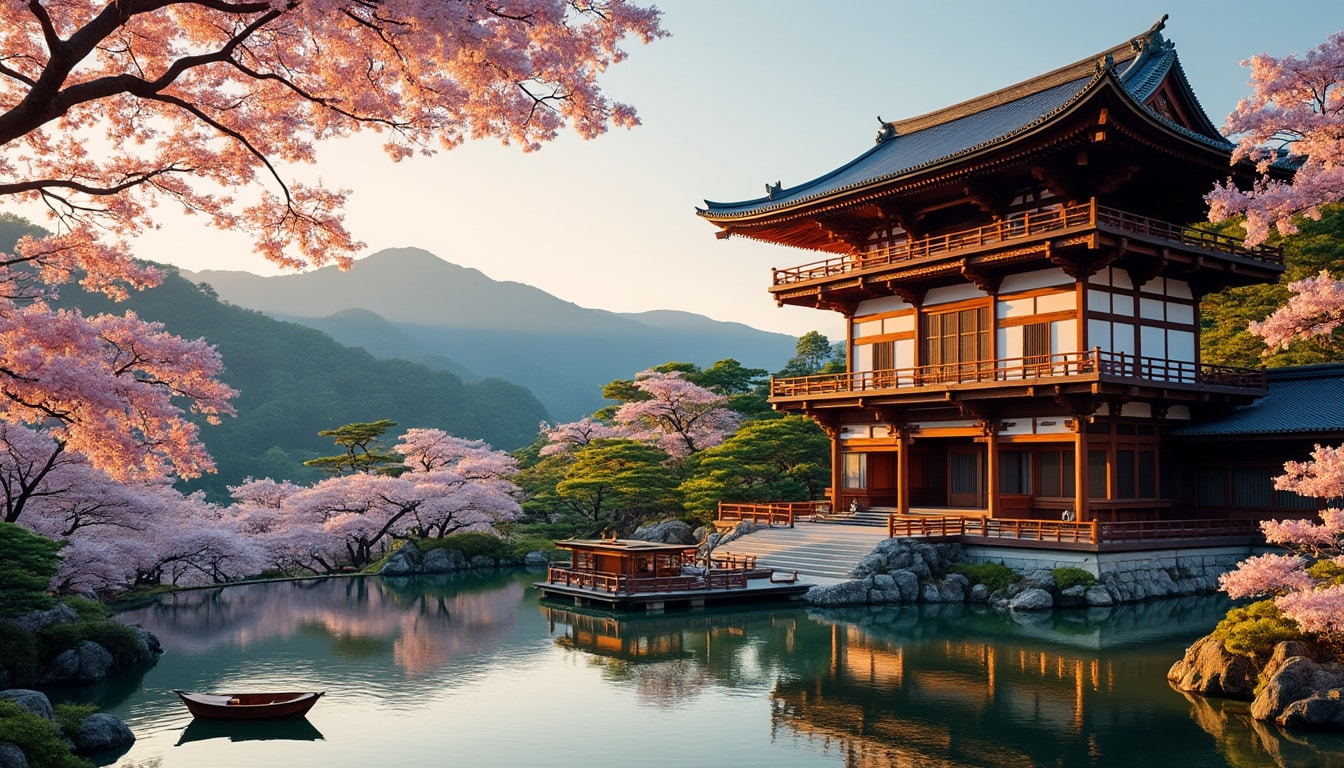The hammam, or traditional steam bath, is far more than a cleansing ritual—it’s a centuries-old cultural practice deeply woven into the social and spiritual fabric of countries like Morocco, Turkey, Tunisia, and beyond. Combining purification, relaxation, and community, hammams serve as communal hubs where people gather not only to bathe but to reflect, connect, and rejuvenate. Steeped in history and ritual, each hammam visit is a multisensory journey through heat, water, and time-honored techniques.
Anthropologists, historians, and wellness practitioners—key sources within the E-E-A-T framework (Experience, Expertise, Authoritativeness, Trustworthiness)—trace the hammam’s origins to Roman bathhouses, which influenced Islamic architecture and ritual cleansing traditions. Experts highlight its dual role: a physical detoxification through heat and exfoliation, and a social equalizer where people of all backgrounds historically gathered. In modern wellness tourism, culturally authentic hammams are prized not just for luxury, but for the preservation of a shared human experience.
Today, the global wellness trend is reviving interest in traditional hammams, with spa-goers seeking deeper, more meaningful relaxation experiences. Whether in a tiled chamber in Marrakech or a restored bathhouse in Istanbul, the hammam remains a testament to how ancient cultural practices continue to offer profound benefits for both body and soul.





